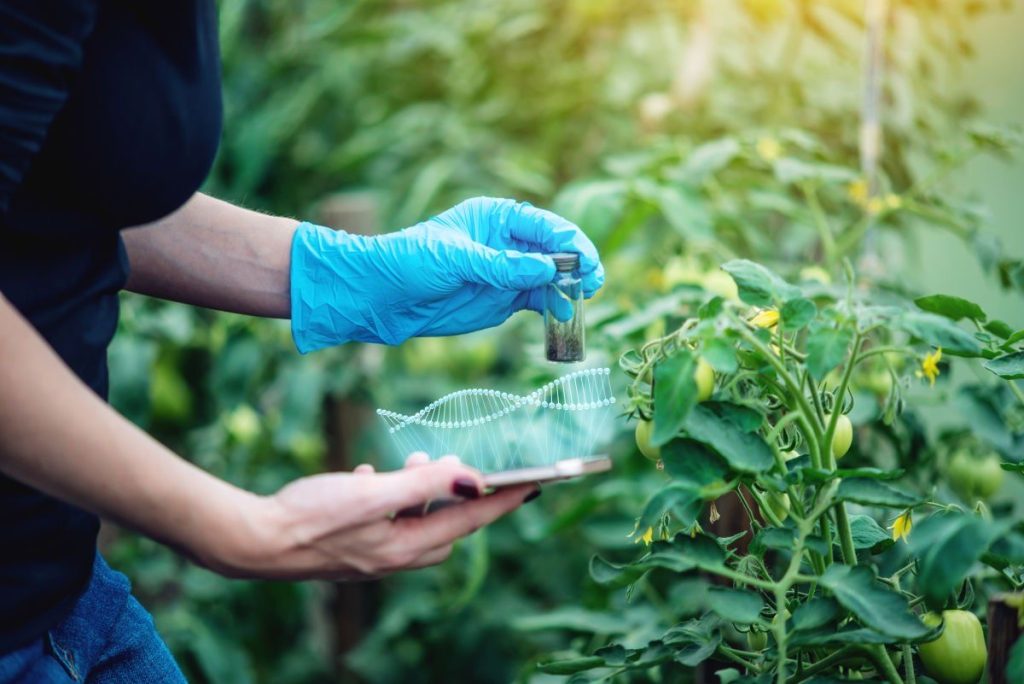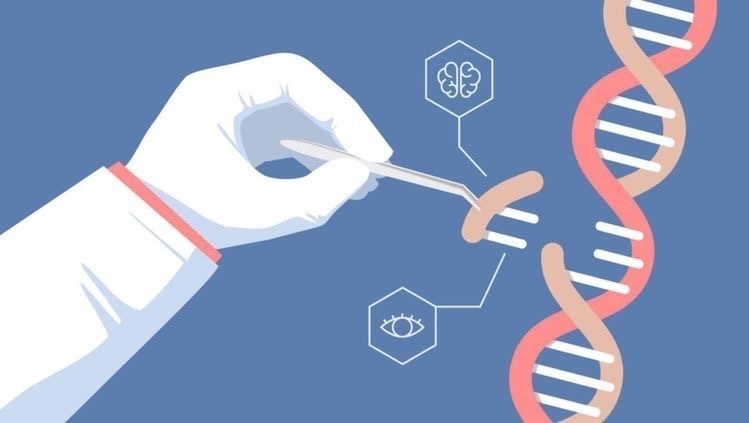Mars turns to gene editing to save cocoa and the future of chocolate supply.
The candy company, which is also the maker of M&M’s, is teaming up with biotech firm Pairwise. The aim of the partnership is to make gene-edited cocoa plants.
These plants will be stronger and more resistant to climate problems. The process will include the use of CRISPR, a high-tech tool that can quickly and accurately change a plant’s DNA.
The Mars biotech partnership grants the company access to Pairwise’s “Fulcrum” platform, which features a vast library of plant traits.
This means the candy company can design cacao plants, that is, the plants that produce cocoa beans for chocolate, to survive diseases. Not just that, they will also be able to withstand heat and survive other threats caused by climate change.
Gene Editing Cocoa: Why?
The goal is simple. They aim for sustainable chocolate production to ensure the future of the chocolate supply. Climate change is already putting cocoa farming at risk, leaving very few solutions. Without the gene editing solution, it could get harder to make chocolate in the coming decades.

Another important advantage of using CRISPR for cocoa farming technology is that it is much faster than traditional plant breeding. Instead of taking years to slowly grow better plants, scientists can directly edit genes.
They can edit plants’ genes to make them drought-resistant or disease-resistant in a short period, and in larger quantities.
A representative of Mars, the M&M’s making company, said this CRISPR cocoa innovation could help keep global chocolate supply chains strong. Carl Jones, Plant Sciences Director at Mars, talked about CRISPR in the release.
He said, “At Mars, we believe CRISPR has the potential to make crops much better. They will be better in ways that support and strengthen the supply chains of chocolate in the world.”
The company also mentioned that they would not be stopping there, as they recently announced putting in $2 billion for U.S. manufacturing projects. This includes a new $240 million Nature’s Bakery facility located in Utah.
With genetically modified cocoa on the horizon, the chocolate we enjoy in the future could be just as sweet. However, there will be a slight difference; the cocoa plant could be a lot more resilient.
ALSO READ: Experts Blame Climate Change For the Rise in Home Insurance
How CRISPR Is Shaping the Future
Mars is not the first company to dabble in gene editing technology. Other big companies are doing similar things. For example, in 2023, Starbucks invested in special coffee farms in Central America. The company wanted to grow coffee beans that would be climate-resilient.

CRISPR is already making headlines outside of farming, too. In late 2023, the U.S. Food and Drug Administration approved the first gene editing treatment for sickle cell disease. This shows just how powerful gene editing technology can be.
According to the World Economic Forum, CRISPR is helping the medical sector diagnose and prevent diseases much better.
Researchers in Amsterdam removed the HIV virus from infected cells using CRISPR; however, the research is still in the early stages. They are also testing CRISPR for blindness and COVID-19.
A CRISPR-based COVID test can check thousands of samples a day, and just one treatment may stop COVID from damaging the lungs and causing deadly immune reactions.
ALSO READ: McDonald’s Might Have to Leave California
The gene editing technique can also help to improve animal health. Scientists in Uruguay used CRISPR to make pigs immune to swine flu. They also used the technology to create hornless cows. This way, the animals won’t have to go through the painful horn removal process.
CRISPR also provides a new treatment for cancer. It can train a patient’s immune cells to find and attack their own cancer. It can also make these cells stronger, so cancer does not overwhelm them.

